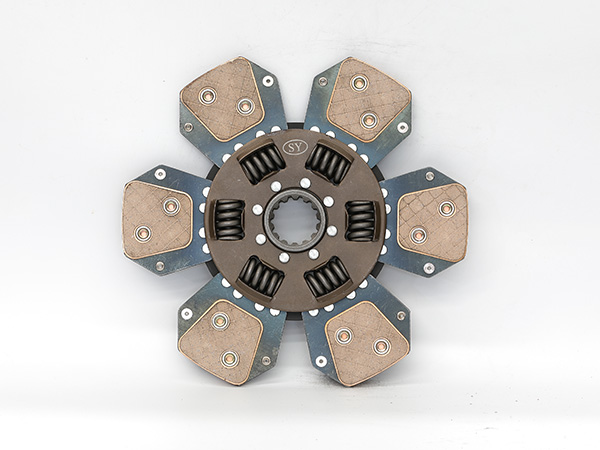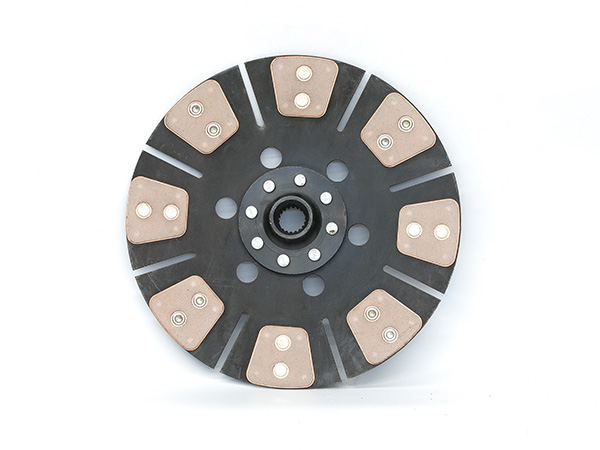The sizes of tractor friction discs can vary depending on the make and model of the tractor, as well as the specific application for which they are designed. Friction discs are commonly used in the tractor’s clutch system to engage and disengage power transmission between the engine and the transmission. These discs are crucial components for smooth operation and control of the tractor.
While specific sizes can differ, here are some general points about tractor friction discs and their applications:

Sizes
- Diameter: The diameter of a friction disc is a critical dimension. It is typically measured in inches or millimeters. Common diameters for tractor friction discs can range from a few inches to larger sizes, depending on the tractor’s horsepower and design.
- Thickness: The thickness of friction discs is another important dimension. It is measured in millimeters or inches. Thicker discs are often used in heavy-duty applications.
Materials
- Friction discs are typically made from materials that provide good frictional properties and durability. Common materials include organic compounds, metal, or a combination of materials.

Applications
- Clutch System: Friction discs are a crucial part of the tractor’s clutch system. When the clutch is engaged, these discs create friction to transmit power from the engine to the transmission. When the clutch is disengaged, the discs separate, interrupting the power transmission.
- Brake System: In some tractors, friction discs are also used in the brake system. They can be part of wet disc brakes, where the discs are bathed in oil to dissipate heat and improve braking efficiency.
- Power Take-Off (PTO) System: Friction discs may also be used in the PTO system of tractors. The PTO system allows the tractor’s engine to power external implements, and friction discs are involved in engaging and disengaging this power transfer.
It’s crucial to refer to the tractor’s technical specifications and the manufacturer’s recommendations when replacing friction discs. The specific sizes and materials needed will depend on the tractor model and its intended use. Regular maintenance and proper replacement of friction discs are essential for ensuring the tractor’s optimal performance and safety.
More information about tractor friction discs:
What are the sizes of tractor friction discs?
What are the procedures for replacing tractor clutch disc?


